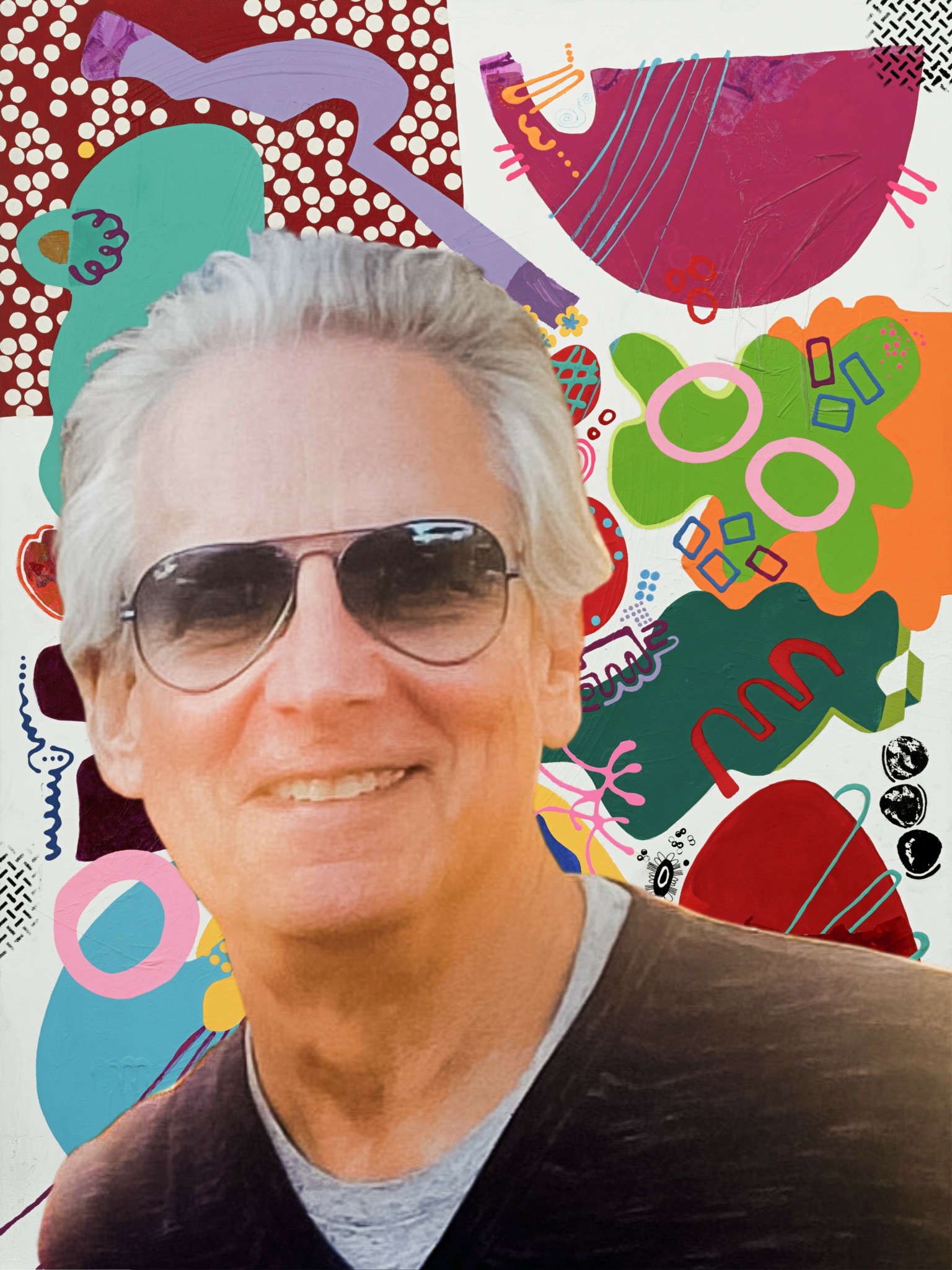We recently connected with Mike Margolis and have shared our conversation below.
Mike, thanks for taking the time to share your stories with us today Are you happy as a creative professional? Do you sometimes wonder what it would be like to work for someone else?
The transition from the seafood business to full-time artistry was like stepping off a relentless treadmill and into a world where creativity flows freely. I can still recall my days in food service, a symphony of ringing phones, early wakeups, and the never-ending dance of coordinating with restaurant owners, egotistical chefs, penny-pinching purchasing agents, always needing their fresh catch before the day even began. It was a life of schedules, logistics, and late-night problem-solving. I survived on my knowledge of the industry, great relationships, the Great Book of Never-Ending Excuses (which I continued to add to almost every day), unbelievable stories, caffeine, and sheer determination, always racing against the clock.
But now? Now, I wake up excited, not exhausted. My mornings start with ideas instead of order sheets. I trade phone calls for conversations that spark inspiration, connecting with artists and people who truly appreciate my work. There’s energy in the air, a constant hum of creativity. And the best part? Seeing people light up when they see my art, when a piece speaks to them in a way words can’t. It’s the kind of joy that makes every moment feel worth it.
Of course, now and then, I think back to what it was like to have a “regular job.” The last time this thought crossed my mind, I was at an art event, deep in conversation about technique, expression, and the beauty of shared creativity. I found myself comparing it to the structured chaos of my old life, wondering if I’d ever miss the predictability. The answer came in the form of laughter—because predictability never made my soul sing the way my art does. Retirement gave me back my passion, and there’s no looking back.
Right now, it’s the connections—the stories, conversations, the way art brings people together in unexpected ways. Every time someone sees a piece of my work and shares how it makes them feel, it’s like unlocking a new perspective, a fresh layer of meaning I hadn’t considered before. There’s something electric about that exchange, about creating something that resonates beyond just color and form.
And then there are the artists I meet, each with their journey, their own inspirations. The endless convers

Mike, love having you share your insights with us. Before we ask you more questions, maybe you can take a moment to introduce yourself to our readers who might have missed our earlier conversations?
I am an artist and creative entrepreneur who transitioned from the seafood industry to a life dedicated to artistic expression and storytelling. My work is showcased through gallery shows and events that foster meaningful connections with audiences, allowing people to engage with my vision in an immersive way. I participate in charity initiatives, using my art as a vehicle for advocacy and impactful causes. Through exhibitions, giveaways, and interactive experiences, my work makes art accessible while building a community around creativity. I am most proud of my ability to bring people together through my work, crafting narratives that resonate beyond the canvas. My goal is to inspire and connect, ensuring that every piece I share contributes to a broader conversation about creativity, purpose, and connection.
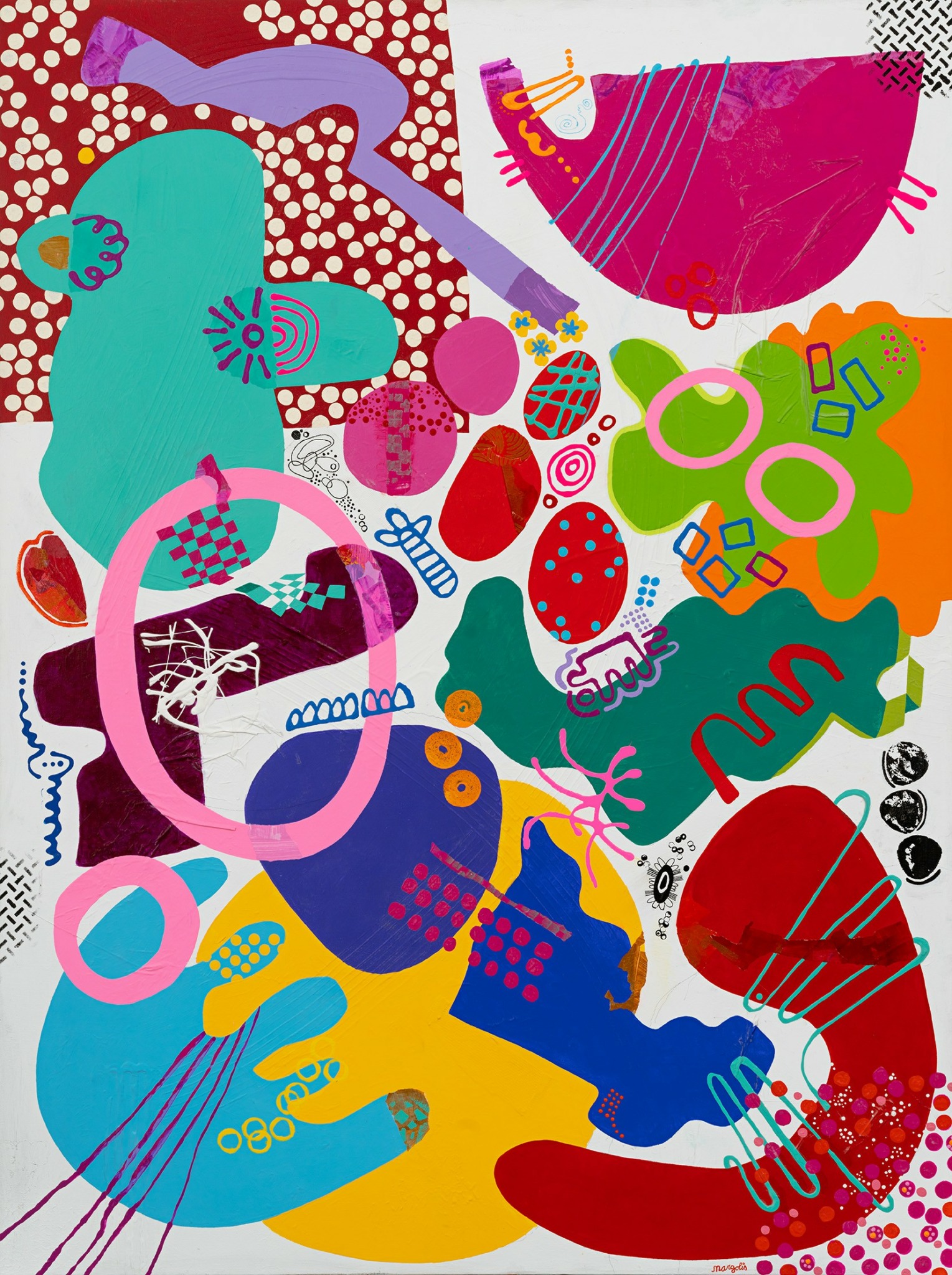
What do you find most rewarding about being a creative?
When I stood in the heart of the art gallery, surrounded by a kaleidoscope of creativity. My latest exhibit, a collection of vibrant paintings capturing the joy of human connection, fellow artists, patrons, and curious onlookers, I could hear conversation, laughter ringing through the air like the perfect symphony of shared inspiration.
For me, being an artist was never just about brushstrokes on a canvas. It was about community, about weaving myself into the fabric of a world where creativity had the power to bridge gaps, spark dialogue, and bring people together.
My journey has taken me to charity events, where my art was auctioned to support causes that touched my heart—cancer research, Donors are Heroes, Mother’s Grace, a women and children’s homeless program, and environmental efforts. Watching someone light up as they won a piece of my work was incredibly gratifying. Happiness was in giving. Fulfillment was knowing my creativity made a difference.
Then there were my collaborations, the thrilling exchanges of ideas with other artists and creativity, each one adding their splash of color to the ever-growing masterpiece of artistry. The ongoing conversation never truly ended—it evolved, expanded, and deepened with every shared vision, every late-night discussion about the meaning of art and life itself.
And through it all, I found contentment. Not the fleeting kind that comes from accolades or applause, but the deep satisfaction of knowing that, through my art, I was telling stories that mattered. I was creating memories, fostering joy, and leaving behind conversations that people would carry with them.
With one last glance at the gallery—at the smiles, the discussions, the sheer love of creativity pouring through the room—I knew one thing for certain.
This—this was why I am Here.
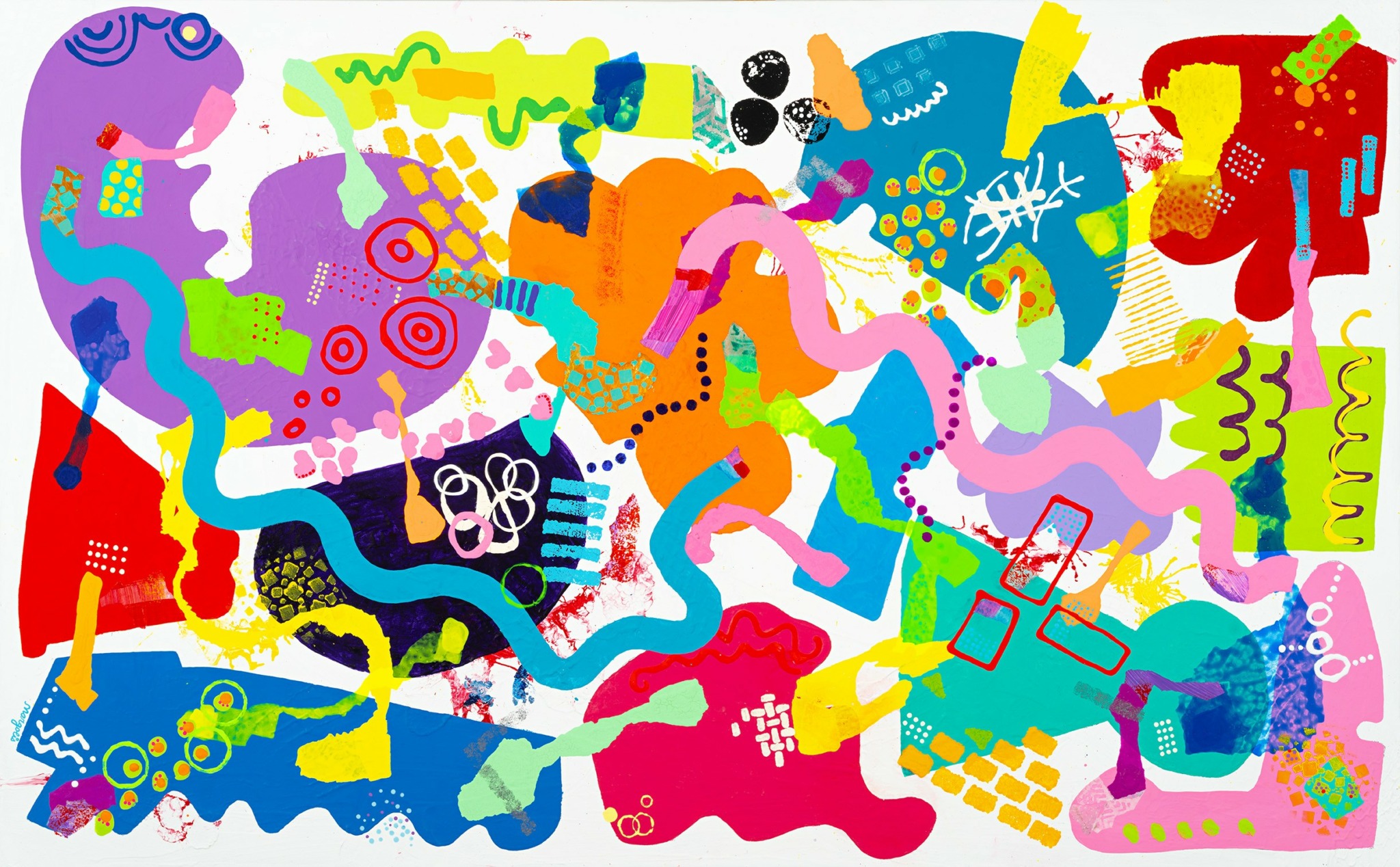
In your view, what can society to do to best support artists, creatives and a thriving creative ecosystem?
To build a thriving creative ecosystem, society must actively support artists through sustainable opportunities and public engagement. Cities should invest in affordable art studios, providing accessible spaces where artists can create, collaborate, and innovate without financial barriers. Comprehensive financial aid, including grants, residencies, and artist stipends, ensures creatives can focus on their craft while maintaining stability. Robust art education programs—from school initiatives to mentorships—must inspire younger generations, teaching them the value of artistry and encouraging them to become future patrons. Cities should expand public art displays, integrating murals, sculptures, and exhibitions into urban spaces to normalize artistic appreciation in everyday life. Regular fairs and art shows should not only showcase talent but also facilitate direct support through purchases and commissions. Businesses and local governments should offer tax incentives for supporting artists, encouraging companies to integrate art into their establishments. Public campaigns should emphasize creativity as essential to culture and economy, shifting the narrative that art is a luxury to the reality that it is a necessity. By fostering public investment, accessibility, education, and engagement, society ensures creativity does more than survive it flourishes
Contact Info:
- Website: https://www.mikemargolisart.com
- Instagram: https://www.instagram.com/mikemargolisart/
- Facebook: https://www.facebook.com/MikeMargolisArt
- Twitter: @MikeMargoliart
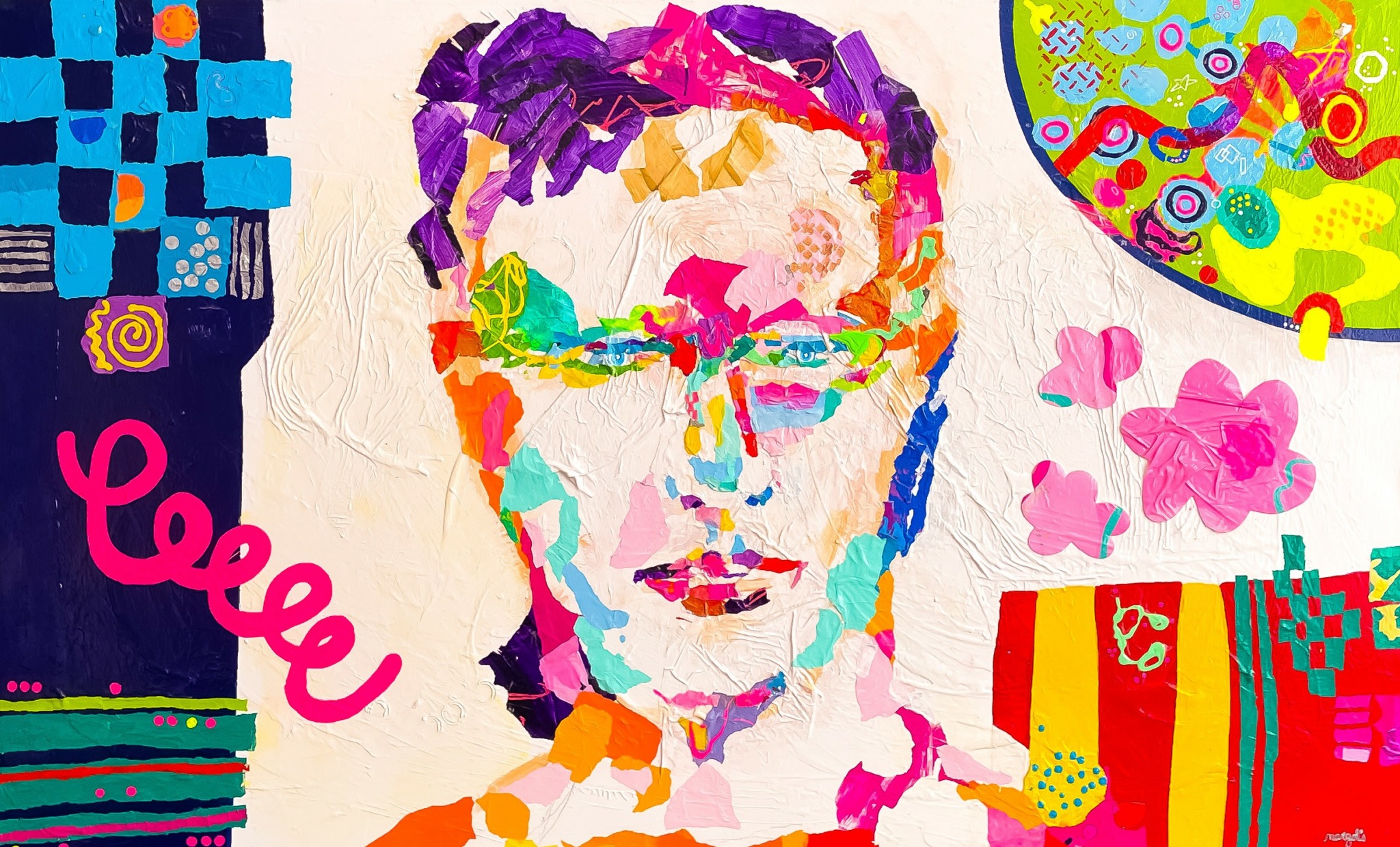
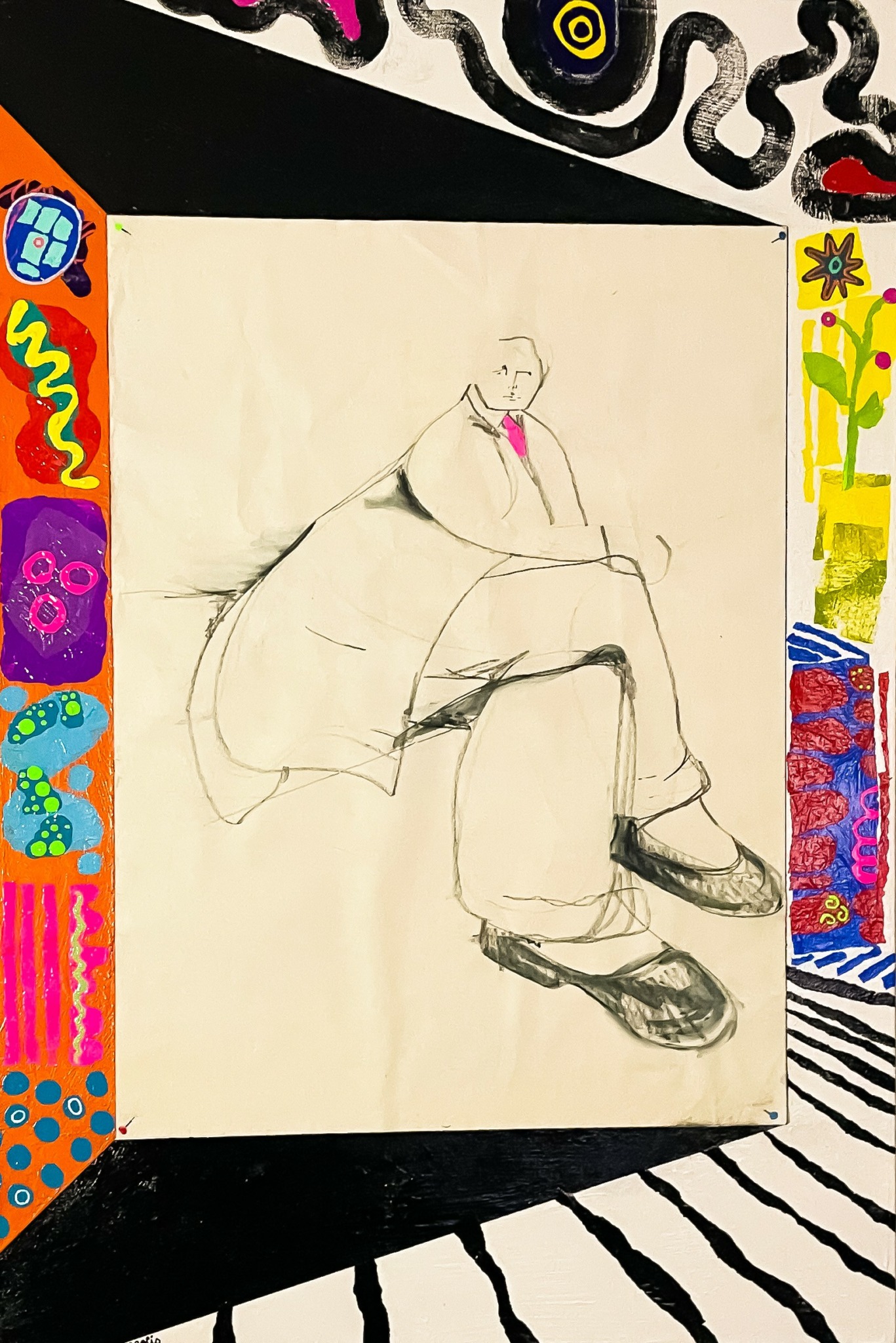
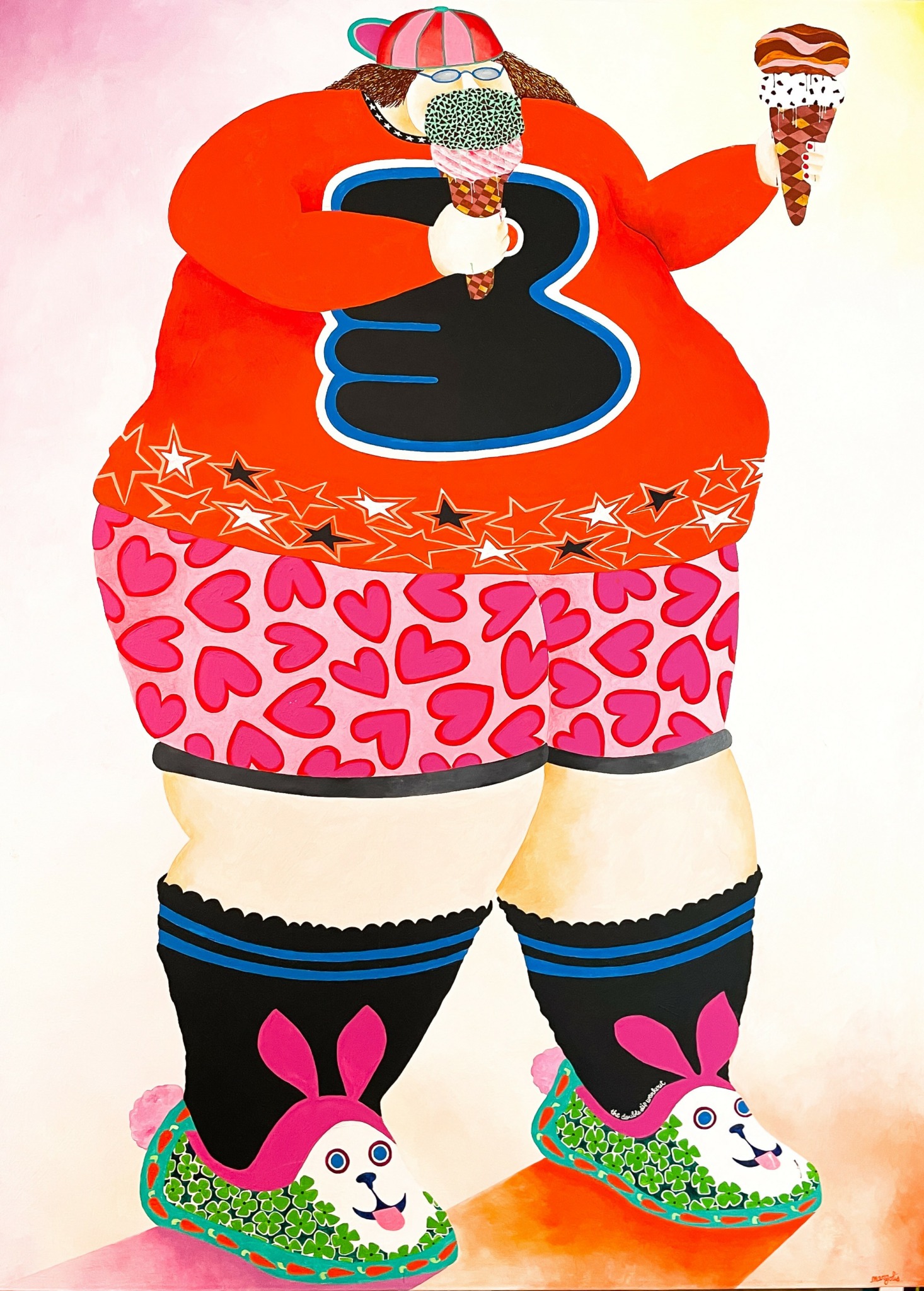
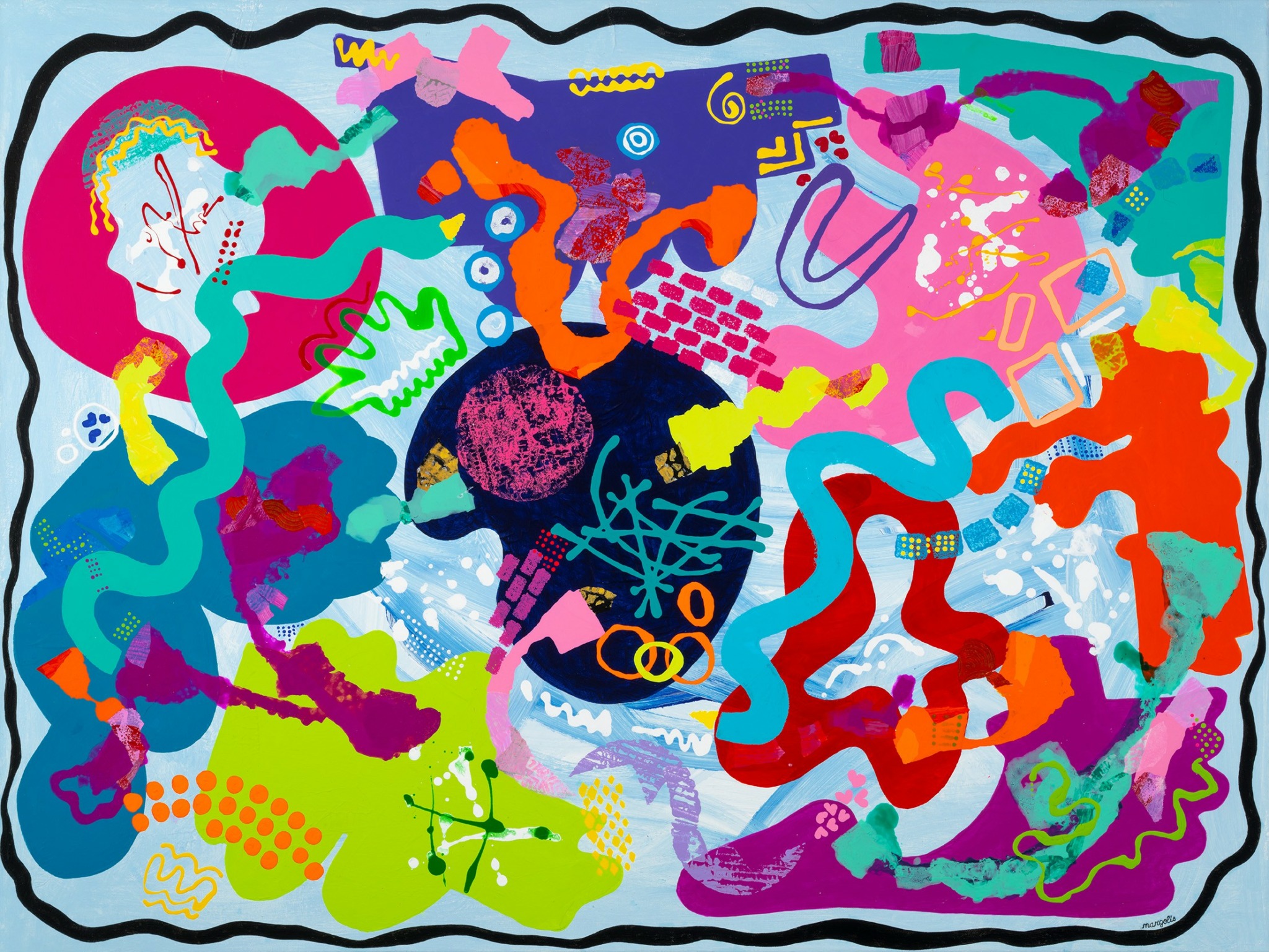
Image Credits
N/a


